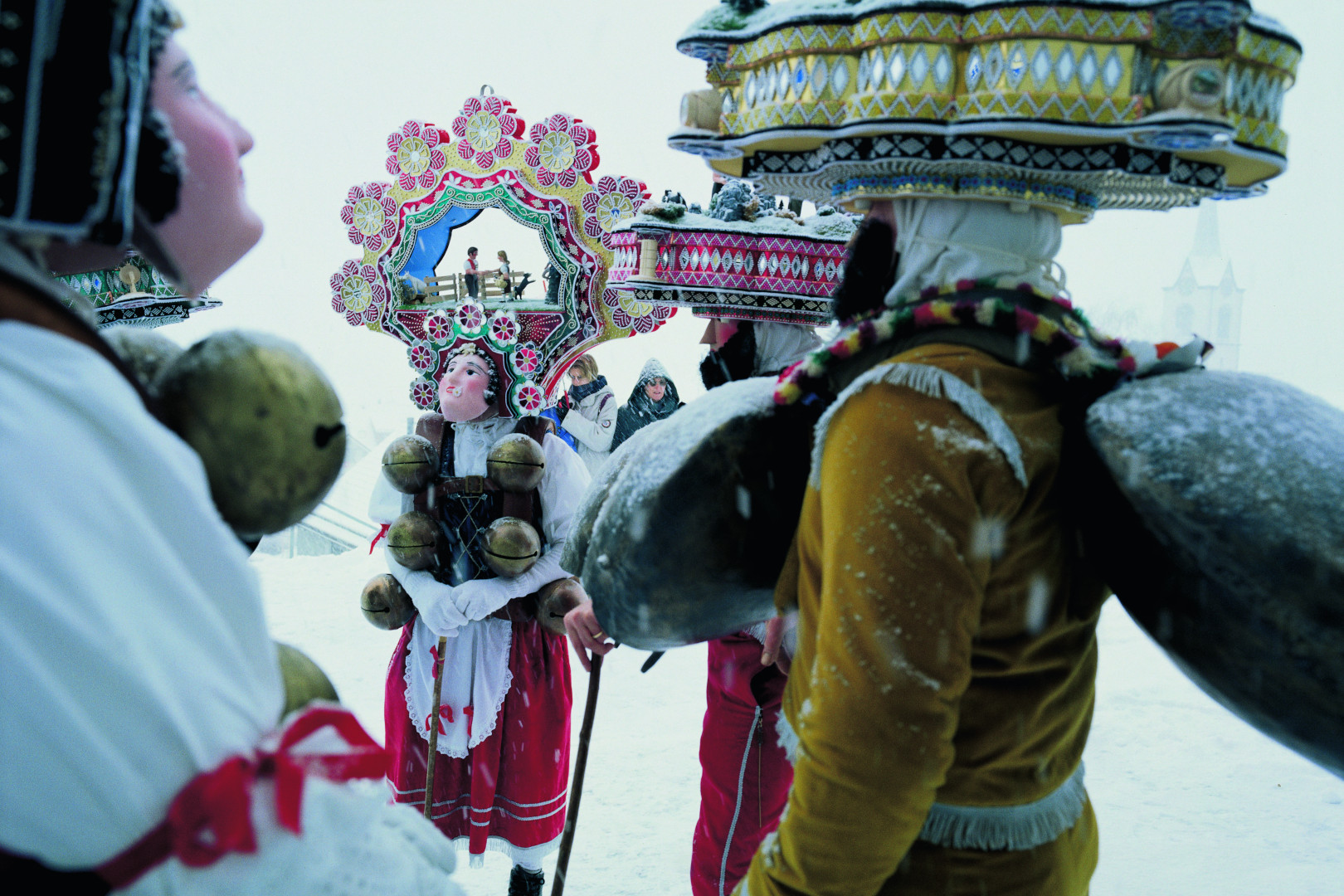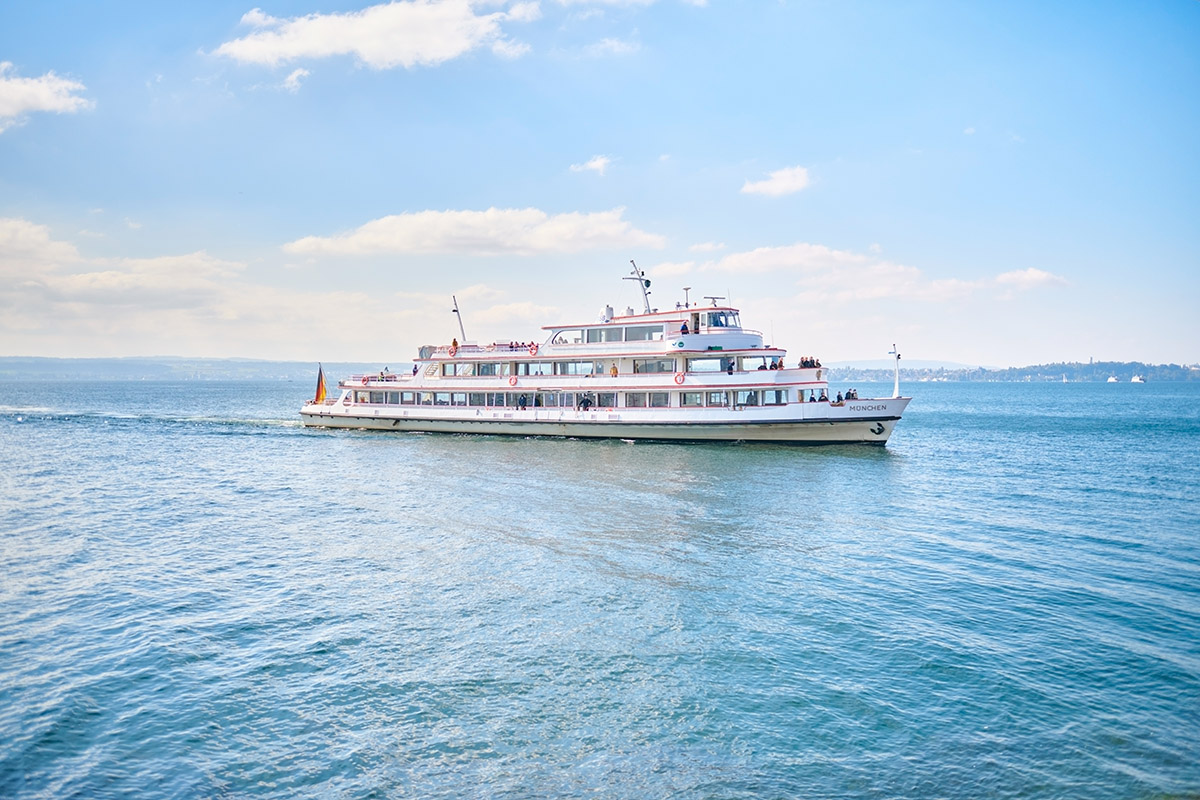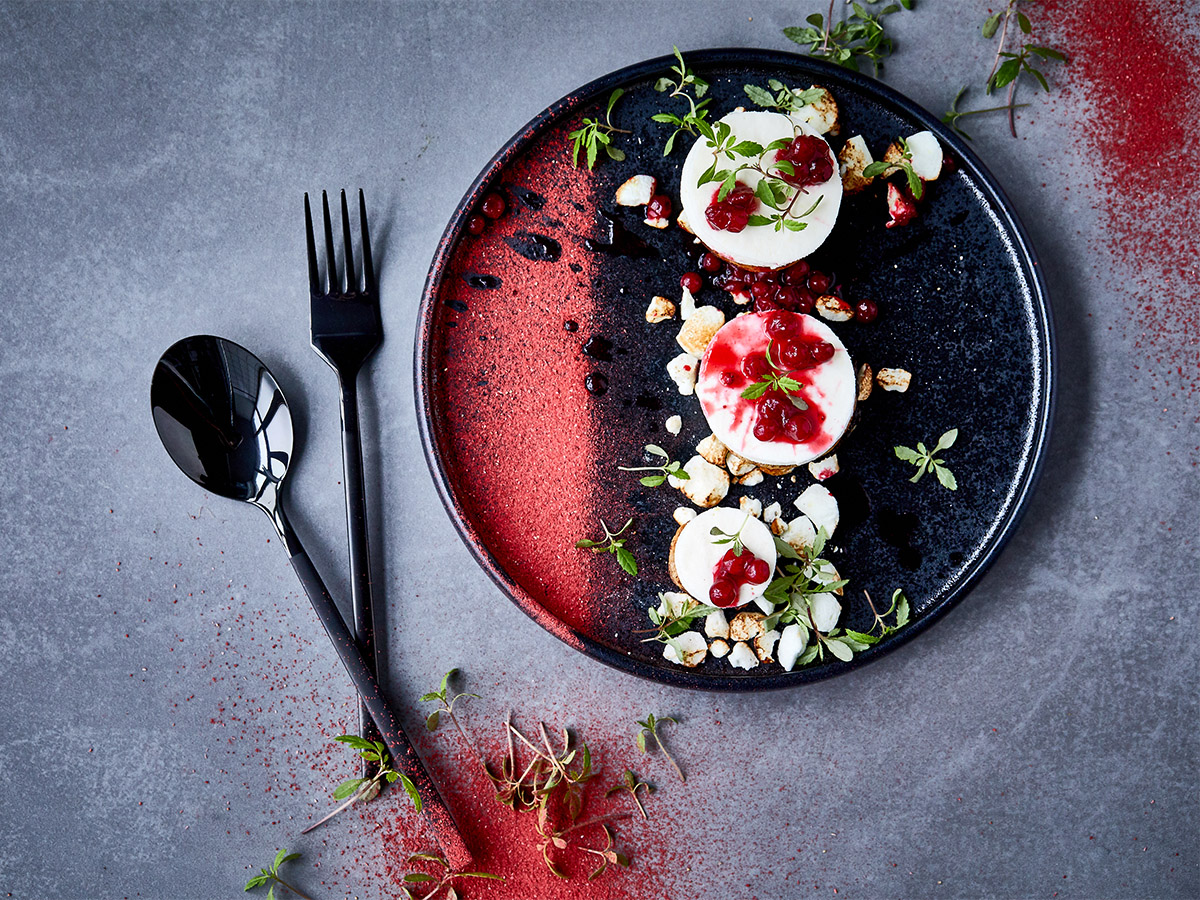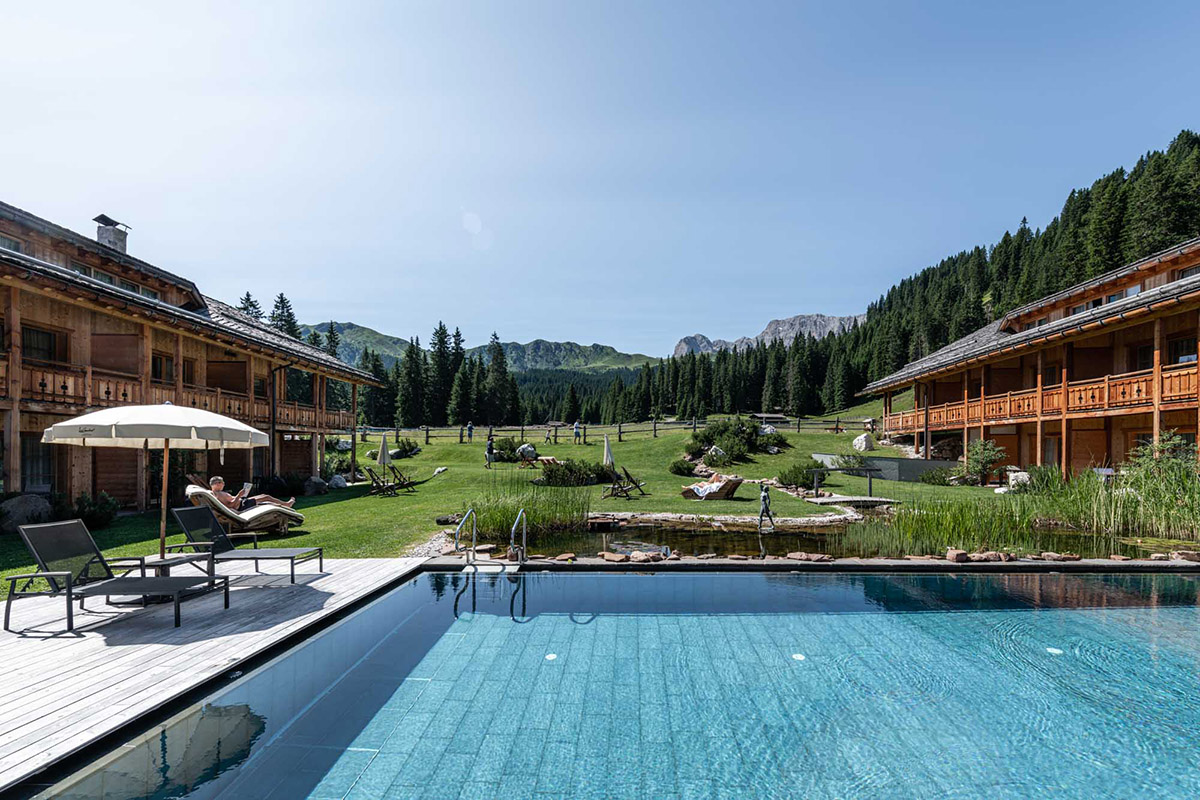Swiss winter customs from a British point of view

Seasons come and go, but winter in Switzerland is one you just want to cling on to for as long as humanly possible; scooping out every last droplet of fondue, racing to get in those sledge runs before sunset, and jumping every chairlift queue in sight. From a British citizen living in Switzerland, here are a few undoubtedly terrific reasons to love the snow-covered, mystery festival-staging, chocolate envy-inducing country.
During winter we are most frequently found gazing enviously into festively lit front rooms with Yuletide decorations that would not look out of place in a high-end design magazine. Switzerland is known as a key winter holiday destination for a good reason. When it comes to exquisite, handmade festive decorations for the tree and table and beating the winter blues, the Swiss population leave their British counterparts flailing.
In Britain, fewer than one in five homes will have a real tree, with the majority clamouring to get their hands on an authentic-looking plastic substitute. For the Swiss, the concept of a fake tree is met with stifled laughter. A friend of a friend, who is a lumberjack in the Engadine, has the luxury of picking the valley’s finest ‘Arve’ tree, also known as a Swiss Stone Pine, a variety that grows almost exclusively in this region. As a result, his house is surely one of the country’s most festively fragrant residences during this period.

But the tree is not just decorated and then left exclusively to house presents; on Christmas day it becomes the focal point of the festivities as the family gather round to sing. While such a custom would be met with looks of incredulity in Britain, it is surprisingly commonplace in Switzerland. Belting out the classics, such as Silent Night and ‘O Little Town of Bethlehem, in the company of your immediate family does not strike the Swiss as being anything but normal.
As our first winter in Switzerland progressed, we got used to being awoken by the snow plough, which would pass by our window long before the resounding chime of the morning church bells. Its daily presence was a welcome one for most of the village, particularly for those who were keen skiers anyway – essentially everyone, bar the two Brits. Skiing, it transpired, is as important to the Swiss as riding a bicycle is to the Dutch. From as early as three years old, the kids are bustled into their hand-me-down skiwear and set down on the slopes. As a precautionary measure, their skis are comically stuck together at the front tips, meaning all initial descents are carried out in the classic V-shaped form of braking.
Knowing their cosy home awaits, the Swiss seem oblivious to the plummeting temperatures throughout winter. If they are not skiing, they are sledging, snowshoeing or skating on frozen lakes. That is, of course, when there are no festivities that require their presence.

Over the winters we encountered more and more of these foreign customs and celebrations, from the Silvesterchlausen who roam the streets of the Appenzeller Hinterland on both the acknowledged final day of the year (namely 31 December) as well as 13 January, the former end to the year as denoted by the Julian calendar. These dates see the local males elaborately clad as spirits of the new year, known as the Chläuse, roaming from house to house with their cowbells to herald in the new year.
Taking the pace up a notch, February’s giant team-effort sledge races in Alt St. Johann see thousands of spectators and competitors whizzing down the hill, an event that is markedly different to Shrove Tuesday’s Eis-zwei-Geissebei [one – two – goat leg] in Rapperswil, which sees the mayor and council members throw sausages, loaves of bread and pastries onto the awaiting crowd of children in the town square.
Living in the vicinity of the Engadine though has meant a close affinity with everything from Scuol to St Moritz. Their notable costume-heavy festival happens at the beginning of March, as the valley’s schoolboys patrol the streets with cowbells around their waists in the pursuit of warding off winter. Similar efforts are made across the length and breadth of the country to ward off the chill, although given the extent of the chilly spells it seems like their efforts are futile. At Zurich’s Sechseläuten carnival every April, for example, there is the symbolic burning of the Böögg, a snowman-type character filled with fireworks that represents winter. The longer it takes to burn, the worse the outlook for the summer.
As the madness behind each custom’s intricacies was explained to us by various voices of Switzerland, we frequently found ourselves nodding our heads in agreement and wondering why these strange customs had never made it across the English Channel. But, then again, having an excuse to visit Switzerland is not something to bemoan.
TEXT: EMMIE COLLINGE | PHOTOS: SWITZERLAND TOURISM
Subscribe to Our Newsletter
Receive our monthly newsletter by email




